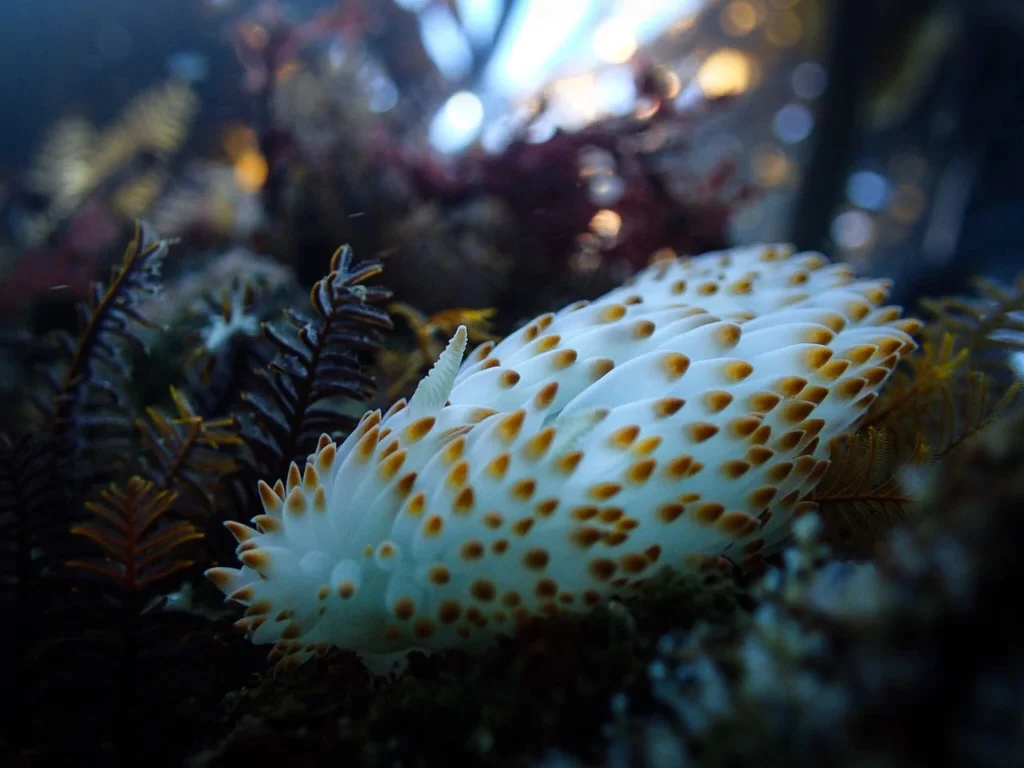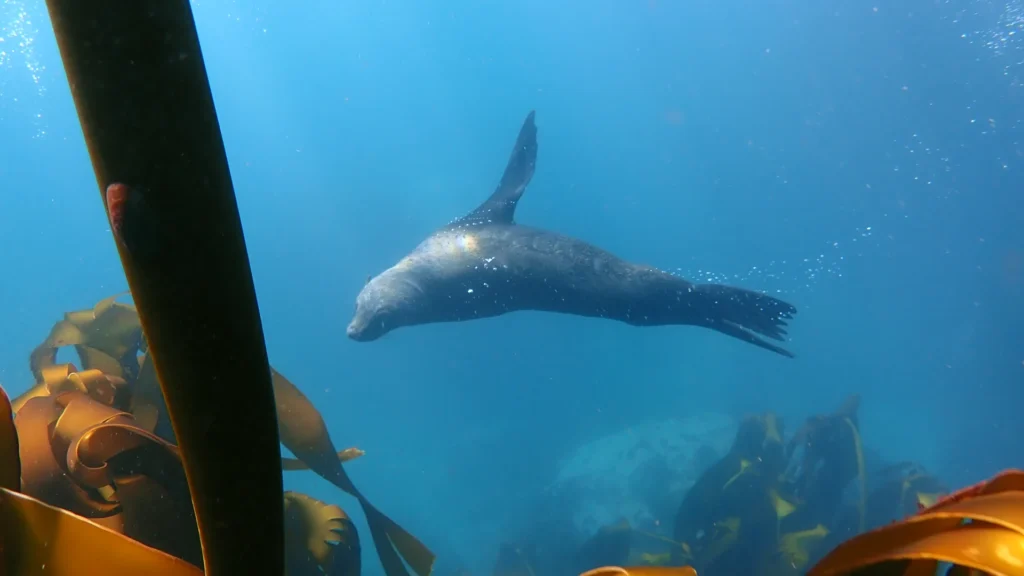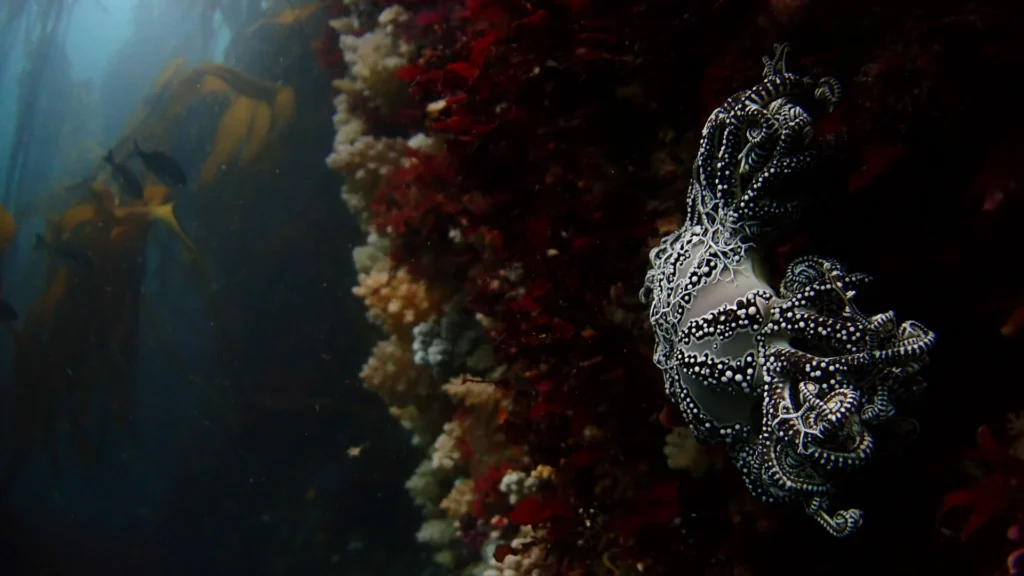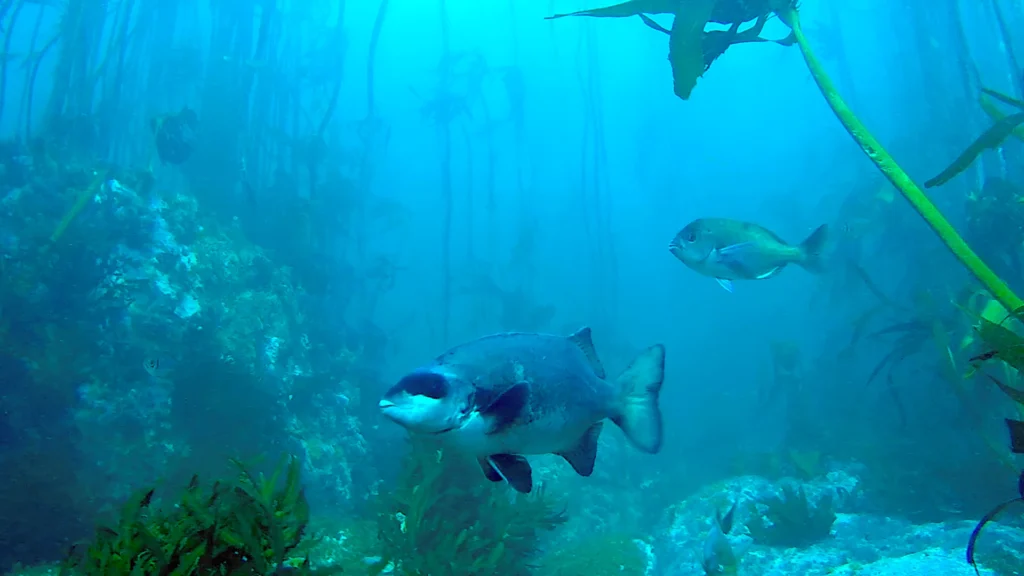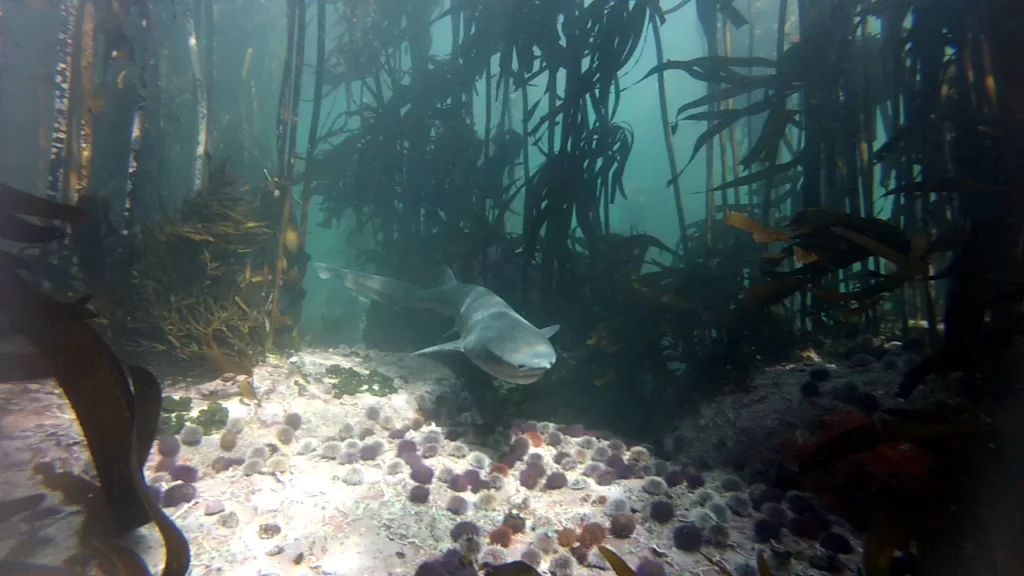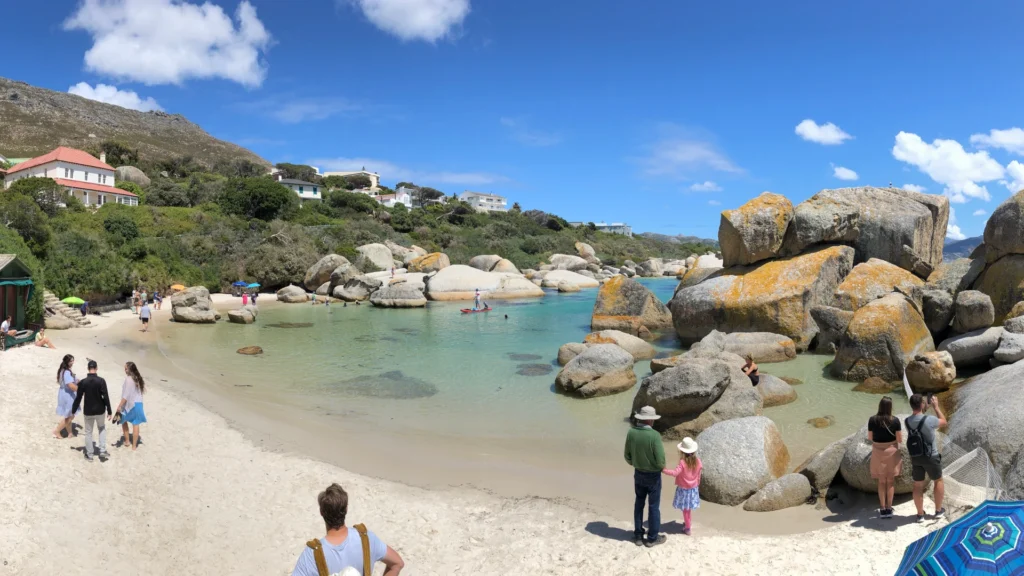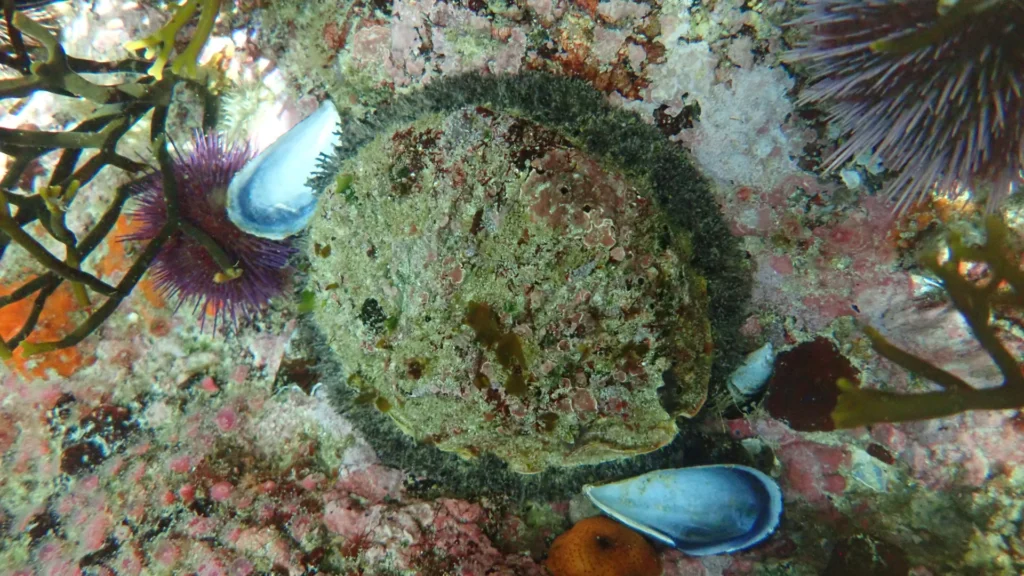Human-Wildlife Interactions
Diving into one of the 7 Natural Wonders of the World, the Great African Seaforest provides a unique experience of the marine environment and the abundance of creatures that dwell there. The dense canopies and three-dimensional structure make the kelp forest a perfect habitat for a wide diversity of fish, mammals, algae and invertebrates. Immersion […]
Human-Wildlife Interactions Read More »


